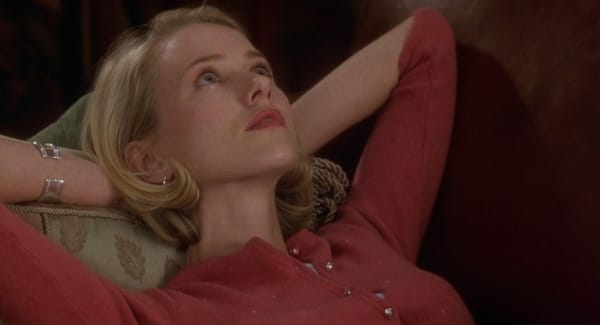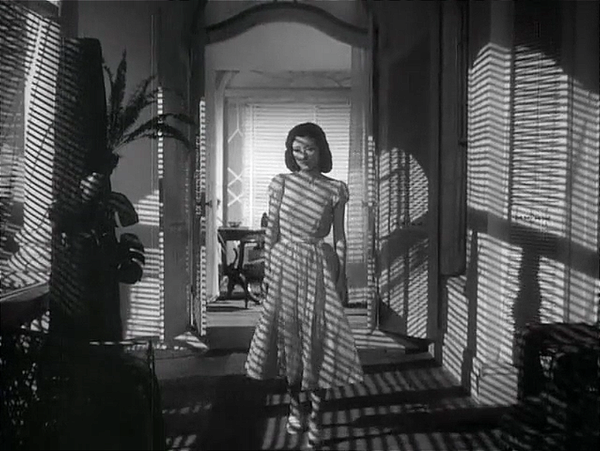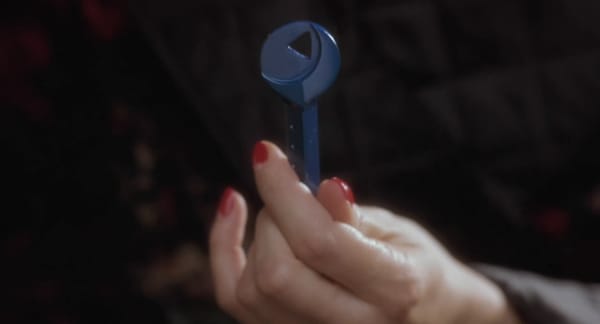"Black Panther: Wakanda Forever"
Remember I said I'd skip reviewing superhero movies except for the good ones? This is one of the good ones.

Can you have a superhero movie without the superhero? That’s the question that sounds throughout “Black Panther: Wakanda Forever” (⭐ ⭐ ⭐ 1/4, in theaters), and its echoes bounce off everything: characters, actors, the audience. Other Marvel movies have dealt with loss – the last two “Avengers” installments killed off half the universe, for Pete’s sake – but for the first time the grief feels real because it is real. The film opens with the offscreen death of King T’Challa, a.k.a. Black Panther, from an unspecified illness, then leads into an epic funeral sequence, masses of Wakandan men and women mourning their leader in a widescreen pageant of song and dance while a mural of the king, played by the late Chadwick Boseman (above), glares royally down from a wall. Boseman died in August 2020, two years after the original “Black Panther” vaulted him to superstardom; the colon cancer that killed him at 43 had been kept from the public since being diagnosed in 2016. The actor – talented, handsome, intensely appealing – had a wide-open career ahead of him that was confirmed by his final, Oscar-nominated performance in “Ma Rainey’s Black Bottom.” The suddenness with which he was taken seemed unusually cruel.
If that’s how it felt to millions of moviegoers, imagine what it must have been like for those who knew and worked with Boseman. Much of the power of “Black Panther: Wakanda Forever” lies in the way it serves as its own memorial service, directed and co-written, here as in the first film, by Ryan Coogler – one of the best and most thoughtful commercial filmmakers working – and convening the original cast: Angela Bassett as Ramonda, Queen Mother of the tiny, powerful African nation; Letitia Wright as Shuri, T’Challa’s scientific genius of a sister; Danai Gurira reprising her role as General Okoye, the head of the female warrior unit known as the Dora Milaje; Lupita Nyong’o as Nakia, a double agent and T‘Challa’s onetime lover; Winston Duke as M’Baku, braggart leader of a rebel Wakandan tribe. The performances have the seriousness of purpose, the weight, that comes with genuine sorrow, and both the movie and the making of it seem to ask, What do we do now that the center is gone?
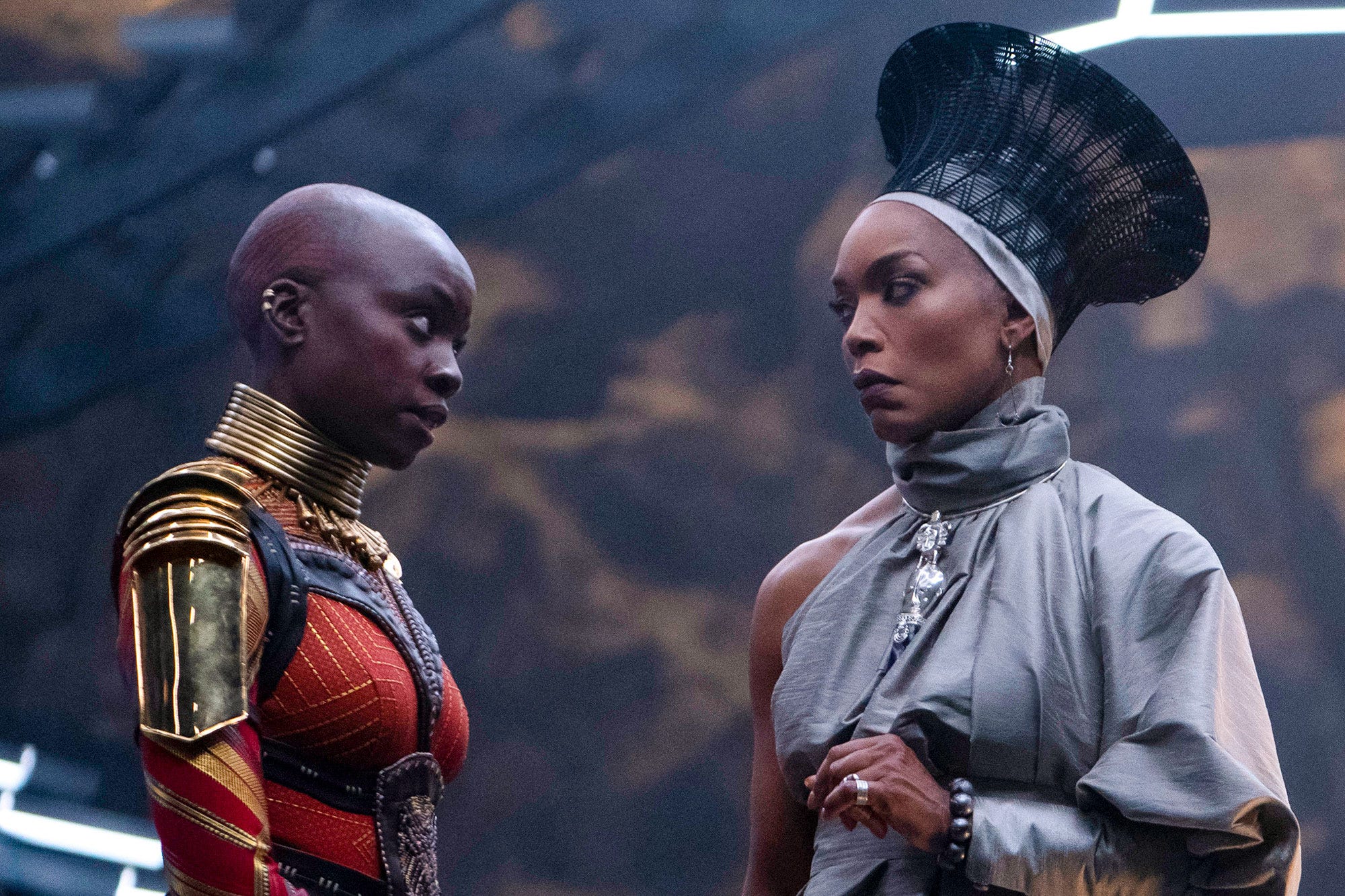
It's a legitimate question for a would-be commercial blockbuster. The first “Black Panther” remains the highest-grossing solo superhero movie to date, and, not coincidentally, the highest-grossing film from a Black director. To see it in 2018, in a packed pre-pandemic theater interwoven with white viewers grooving on an above-average Marvel flick and Black viewers – kids, parents, grandparents – exultant at finally being given their own “Star Wars,” was an experience I won’t soon forget. Coogler smartly invested his supervillain, Killmonger (Michael B. Jordan), with the righteous fury of a man raised in racist America, which only made the utopian ideal of a powerful, proud African nation that much more meaningful.
What the Wakandans do know – and this becomes the spring that drives the motor of the sequel – is that America and the nations of Europe would do anything to get their hands on the rare (fictional) metal, vibranium, that powers Wakanda’s futuristic technology and grants them independence from colonialist meddling. An early scene has Okoye and her soldiers frog-marching captured white mercenaries into a UN meeting in Geneva, confronting the diplomats with the results of their countries’ botched raid on a vibranium processing plant.
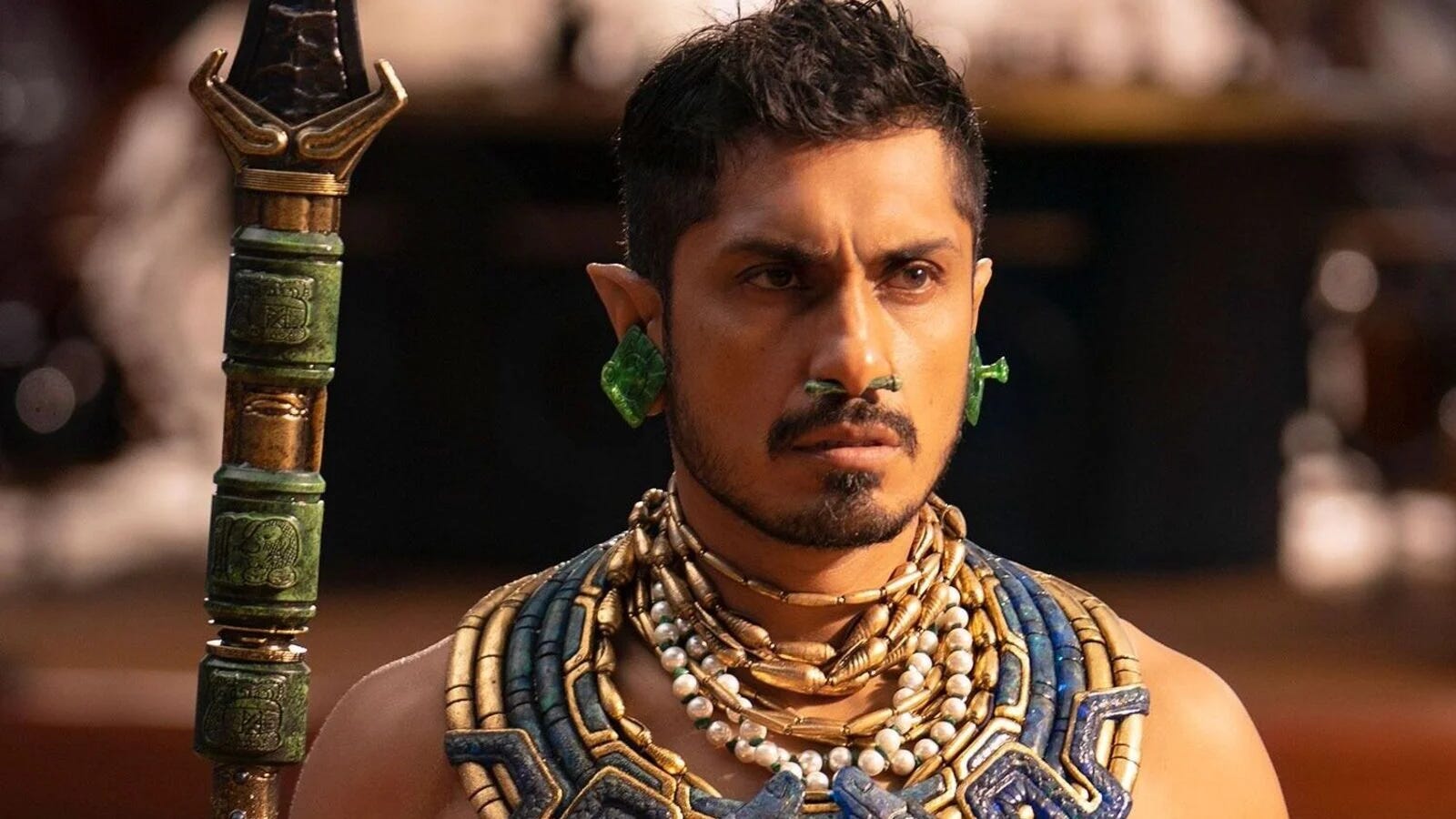
Strip-mining a people for their resources becomes the original and ongoing sin of the film’s actual villains – the Western nations – who remain in the background, while the main struggle has the Wakandans vying against an underwater society of blue-skinned mermen and -women, led by a wing-footed Mesoamerican prince named Namor. That’s right, the Sub-Mariner is in this movie, but not the flat-topped Aqua-Spock of the comics we baby boomers grew up with. Instead he’s a swaggering mer-Mayan revolutionary played by an absurdly charismatic Tenoch Huerta (above). Namor’s people, the Talokan, are sitting on their own vibranium motherlode beneath the ocean floor, and they want to enlist the Wakandans in a fight against their common enemy. Which would, of course, be us.
I repeat: Where’s the superhero? The satisfying twist of “Wakanda Forever” – at least for a critic who has long since tired of the genre’s digitized adolescent huggermugger – is that there are four heroes here, and they’re all women. Make that four and a half, since the young MIT genius who has built a vibranium extractor (in her Cambridge garage between classes, I guess) that everyone wants to employ or destroy is played by a pint-sized Dominique Thorne, and she ultimately joins up with the quartet of Wakandan royals and warriors. Ultimately, though, the film’s drama comes down to Wright’s Shuri, nursing her rage while eyeing that Panther suit, and the young actress gives a performance of impressive sinew and steel.
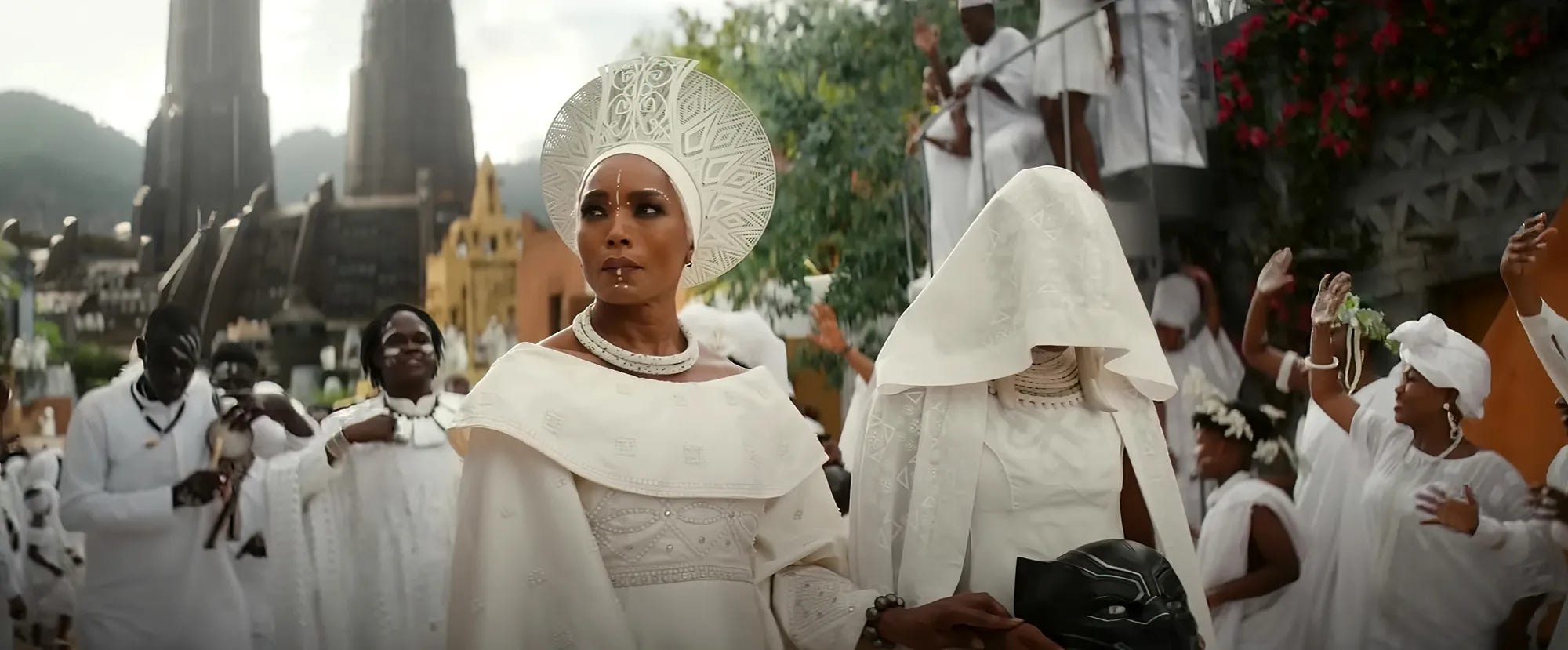
Honestly, though, I could watch four hours of Angela Bassett (above) as Queen Ramonda and go home happy. This may be one of the most regal performances you’ll ever see, but it’s grounded in immense inner grief over the costs of duty and the stresses of protecting a nation. Bassett carries herself with the gravitas of a pietà; the Queen has lost a husband and a son, and when she fears she may have lost her remaining child, her despair is like an eclipse of the sun. This is the stuff of awards, and the fact that 2022 has given us not one but two Oscar-worthy African royals – the other being Viola Davis as “The Woman King” – is peculiarly satisfying.
What doesn’t work in “Black Panther: Wakanda Forever”? A fair amount. The battle scenes are impressive in long shot but digitized slurry in the close action, with that computerized patina that has rendered action movies since “300” with the unreal gloss of a high-end screen saver. The physical sets look a little Styrofoamy this time out, but Ruth E. Carter’s costumes and other design aspects remain arresting displays of Marvel-ized Afro-Futurism, and the score by Ludwig Göransson weaves the rhythms and griot melodies of the continent into the standard orchestral bombast. (You get Rihanna on the soundtrack, but you also get Baaba Maal.) And while the movie bounces all over the globe and under the sea, it’s nice to see Cambridge and Boston utilized well for a change, with an action donnybrook on the Harvard Bridge that feels anchored in geographical reality.
Are there a few too many subplots? I guess so. Are we as unsure of where this saga is going at the end as we were at the beginning? Certainly. It doesn’t really matter. “Wakanda Forever” is the first blockbuster wake, and it’s powered not by vibranium but by its vibrant and fully felt emotions.
Thoughts? Comments? Don’t hesitate to share.
If you enjoyed this edition of Ty Burr’s Watch List, please feel free to pass it along to friends.
If you’re not a paying subscriber and would like to sign up for additional postings and to join the discussions, here’s how:


